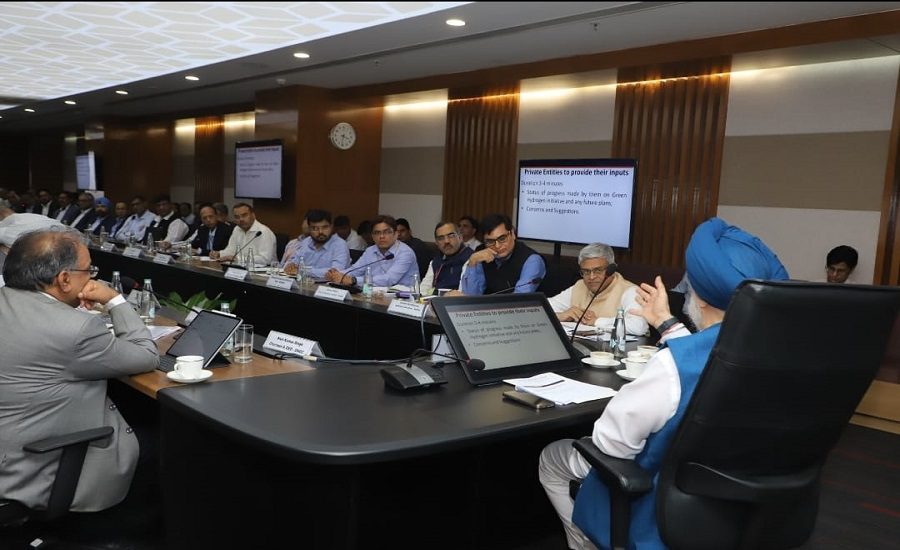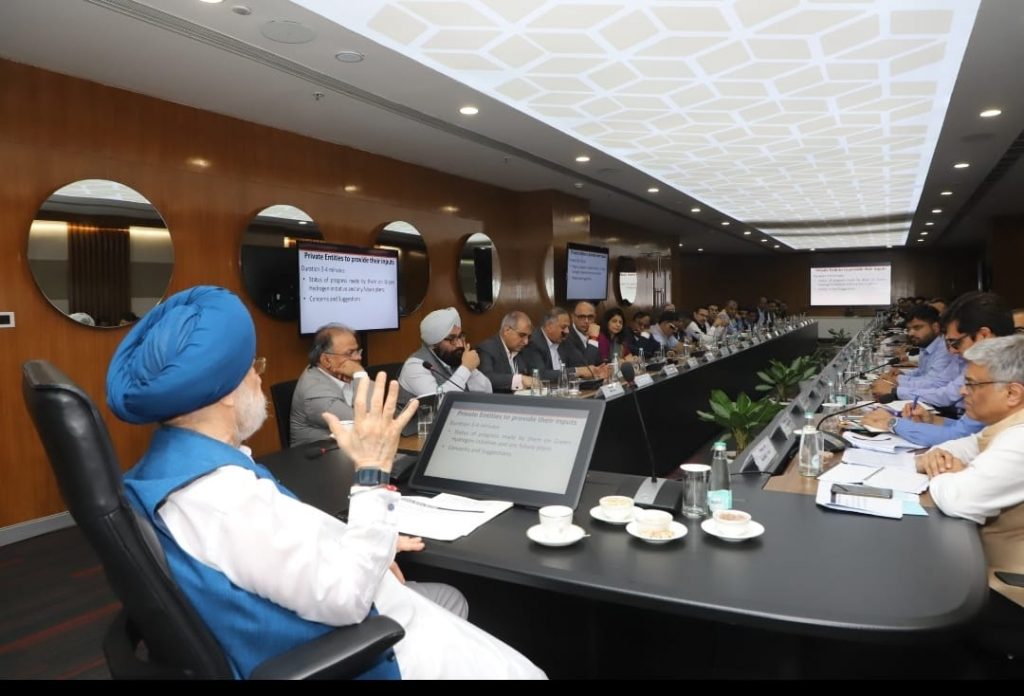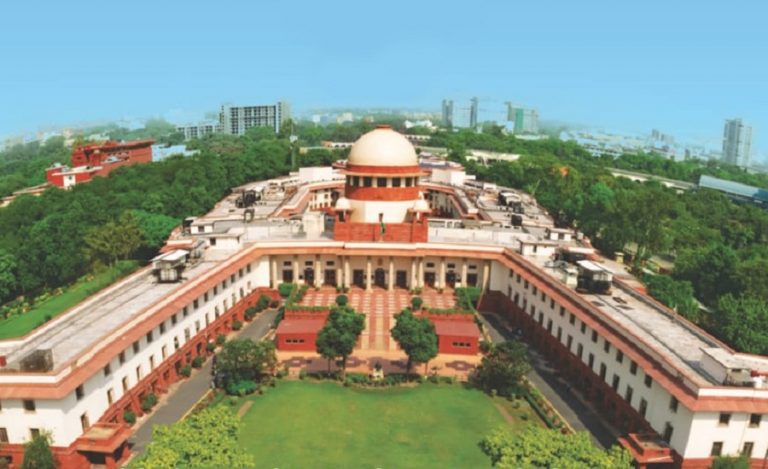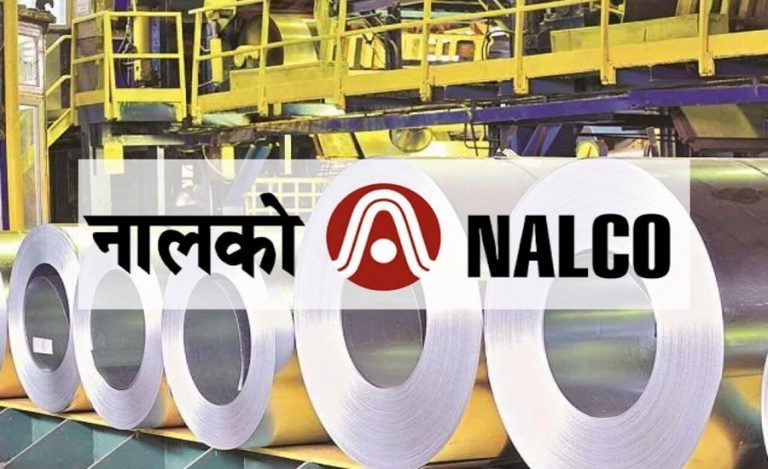New Delhi: Prime Minister Narendra Modi is set to complete 11 years in office on June 9, 2025 – a significant milestone in India’s contemporary political and governance landscape. It was on this day in 2014 that Narendra Modi, having risen through the ranks from Chief Minister of Gujarat, first took the oath as the Prime Minister of India. His second term began on May 30, 2019, following a resounding electoral victory. Over the past decade, his leadership has been marked by bold, reformative decisions that have left a deep imprint across sectors – with the energy sector witnessing some of the most dynamic transformations.
Union Minister for Petroleum and Natural Gas, Hardeep Singh Puri, reflecting on this 11-year journey, underscored how the Prime Minister’s vision has laid the foundation for a greener, energy-secure India.
“Alternative sources of energy are playing an important role in India’s quest towards green energy transition as we provide momentum to efforts to achieve energy security under the guidance and leadership of Prime Minister Narendra Modi,” said Puri.

Driving India’s Green Hydrogen Mission
One of the cornerstones of India’s new energy policy is its ambitious Green Hydrogen Mission, which aims to make the country a global hub for green hydrogen production, usage, and export. In a recent stakeholder interaction involving players from across the green hydrogen value chain, Minister Puri highlighted the four core verticals currently receiving focused attention – production, transportation, storage, and application.
Nine R&D and demonstration plants are currently under construction across the country, with four already commissioned by leading public sector undertakings including Indian Oil Corporation, GAIL (India) Ltd., Hindustan Petroleum Corporation Ltd. (HPCL), and Bharat Petroleum Corporation Ltd. (BPCL). These pilot projects are expected to shape the commercial scalability of green hydrogen technologies in the coming years.
Massive Investment Push and Public Sector Momentum
The scale of India’s push toward green hydrogen is evident from the financial and infrastructural commitments being made. Public sector refineries have already floated tenders worth 42 KTPA (kilo tonnes per annum), with 128 more tenders slated to be issued depending on the success of the initial bids. The cumulative cost of implementing these initiatives is estimated at a staggering ₹2 lakh crore, reflecting both the urgency and seriousness with which the government is pursuing energy transition goals.
Broader Impact on the Energy Ecosystem
Beyond green hydrogen, the Modi government’s tenure has seen a sharp rise in renewable energy capacity, significant reforms in coal and petroleum sectors, electrification of remote regions, and sustained efforts to reduce import dependency through domestic production incentives.

The introduction of schemes such as PM-KUSUM (for solar power in agriculture), accelerated development of bio-energy, city gas distribution expansion, and recent regulatory overhauls in LNG and pipeline infrastructure further underline the government’s holistic approach to energy security and sustainability.
As Prime Minister Modi enters his 12th year in office, stakeholders across the energy sector and beyond acknowledge the long-term structural changes that have taken place under his leadership. While challenges persist in meeting rising energy demands and ensuring environmental balance, the foundations laid in the past decade offer a promising trajectory for India’s energy independence and climate resilience.




























